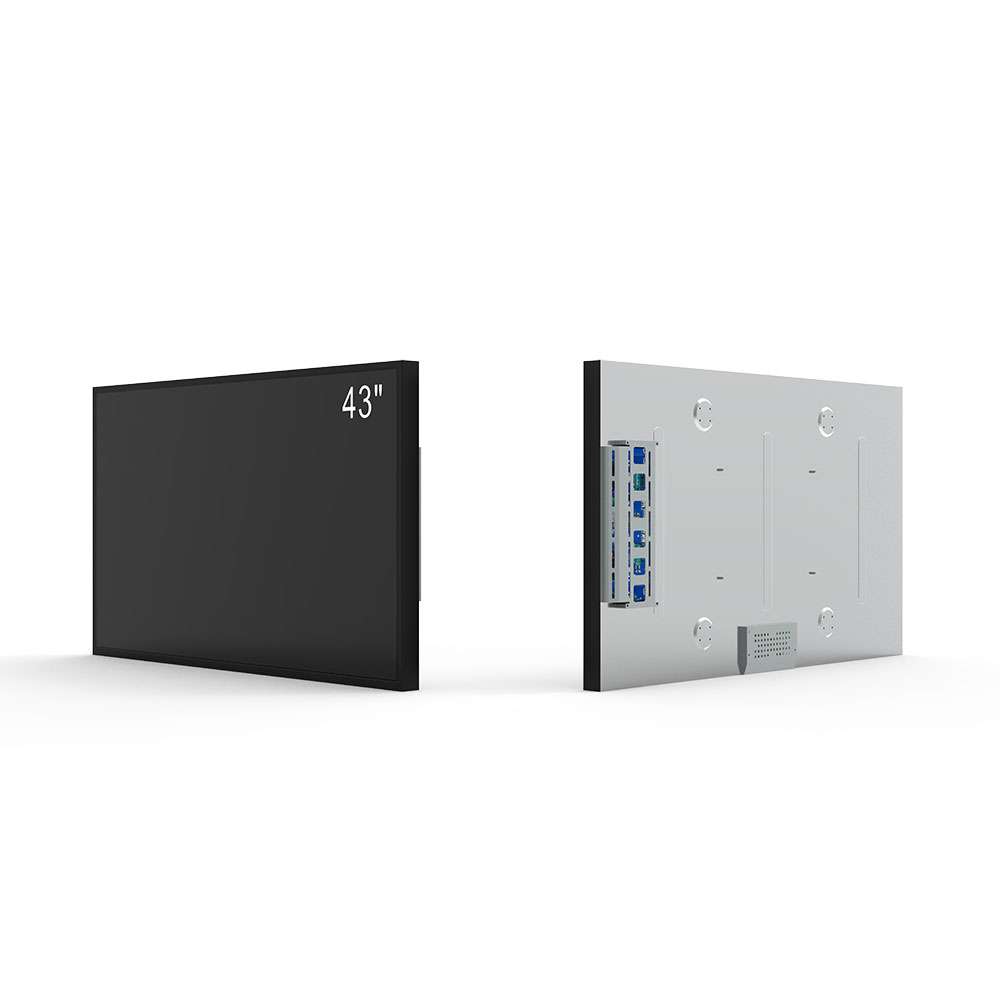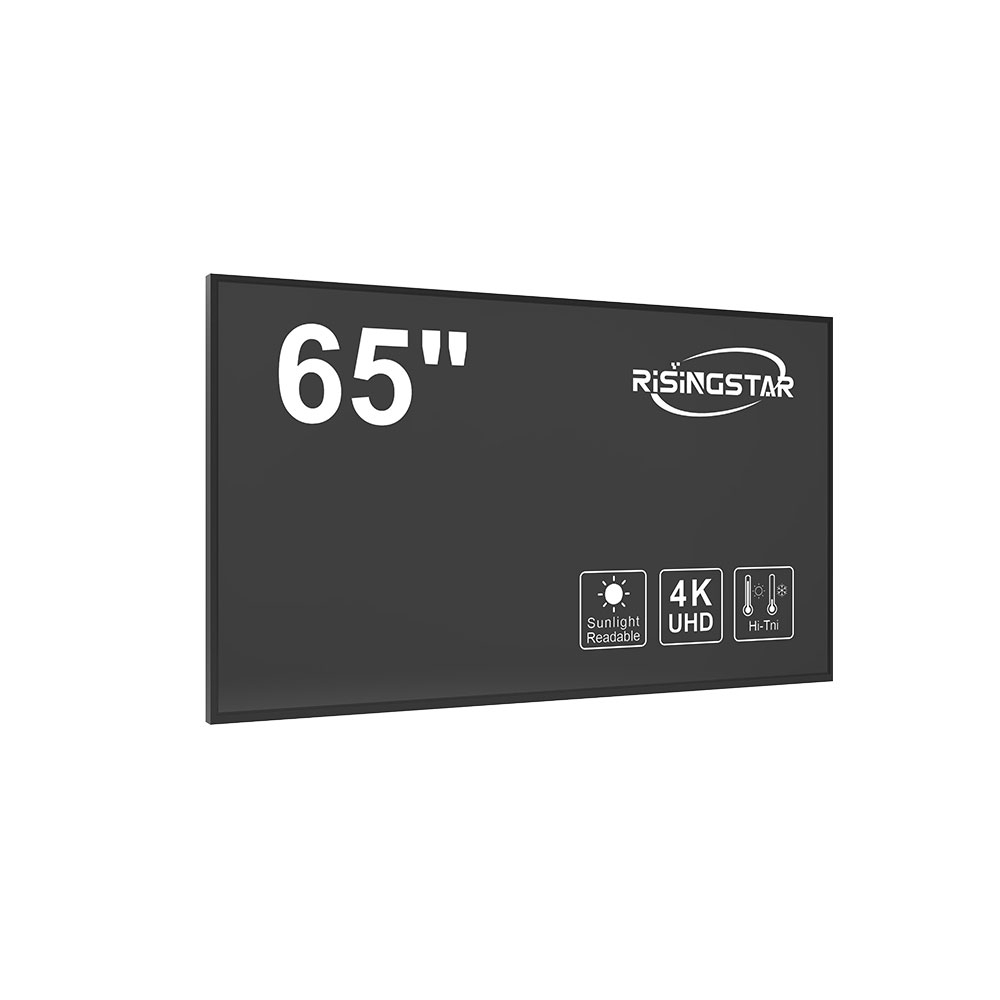Selecting the right sunlight readable high brightness LCD screen is critical for ensuring operational efficiency in industrial environments where visibility under direct sunlight or harsh lighting conditions is essential. These displays are commonly used in outdoor equipment, medical devices, military hardware, and transportation systems such as trucks, trains, and aircraft control panels.
A key factor in choosing a suitable display is its brightness level, typically measured in nits. For sunlight readable applications, screens must achieve at least 1,500 nits of brightness—some models exceed 5,000 nits—to remain legible under direct solar exposure. According to MIL-STD-3009, military-grade displays must maintain readability at 10,000 lux ambient light, which translates to roughly 3,000–5,000 nits on the screen.
Another crucial element is contrast ratio, which affects image clarity in bright environments. A contrast ratio of 1000:1 or higher ensures sharp text and graphics even when glare is present. In addition, anti-glare coatings and polarized filters reduce reflections without compromising color accuracy—a necessity for accurate data interpretation in medical or aviation contexts.
The choice of panel technology also matters. IPS (In-Plane Switching) panels offer superior viewing angles and color consistency compared to TN (Twisted Nematic) panels, making them ideal for mobile or multi-angle applications. For extreme durability, consider Ruggedized LCDs with sealed enclosures (IP65 or higher), wide temperature ranges (-40°C to +85°C), and shock resistance, all of which are required by standards like IEC 60068-2 for industrial environments.

Manufacturers such as LG, Sharp, and Innolux provide certified sunlight-readable displays that meet international standards including EN 60068-2-1, IEC 61000-4-3 (EMC), and RoHS compliance. When integrating these displays into a system, engineers must evaluate not only brightness and contrast but also power consumption, response time, and compatibility with existing controllers or GPUs.

Ultimately, selecting a high-brightness LCD requires balancing performance metrics with environmental resilience. Whether designing a handheld field device or a cockpit display, investing in a properly engineered sunlight-readable screen enhances safety, usability, and long-term reliability across demanding industries.








